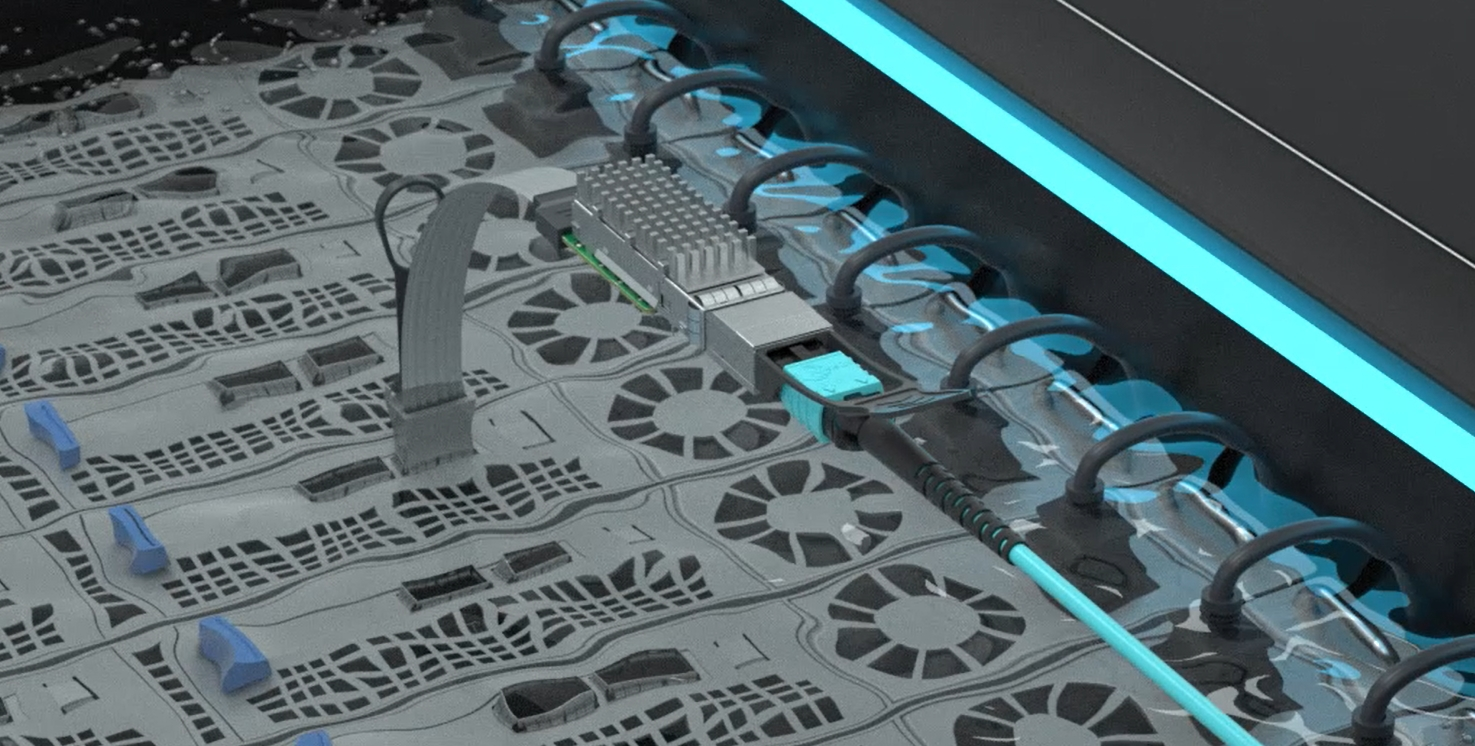How to design cable joints suitable for coolant environments?

The design of cable joints suitable for coolant environments requires special attention to their sealing, corrosion resistance, high and low temperature resistance, and mechanical strength to ensure long-term stable operation without failure due to contact with coolant. Here are some key design elements:
1. Sealing structure
l Waterproof and dust-proof level
Choose a joint design with a high level of protection, such as IP68 rating, to ensure that even in a soaking state, moisture can be prevented from entering the interior.
l Sealing material
Use oil resistant, coolant resistant, and temperature resistant elastomer materials to make sealing rings, such as fluororubber or perfluorinated rubber, to ensure good sealing performance even when in contact with coolant.
l Joint form
Adopting double-layer or multi-layer sealing structures, such as double wall heat shrink tubing, sealant filling, or special stuffing box design.
2. Anti corrosion measures
l Material selection
The main body of the joint should be made of corrosion-resistant metal materials such as stainless steel or specially coated metals, or non-metallic composite materials, to ensure resistance to chemical corrosion in the coolant.
l Surface treatment
Perform corresponding surface treatments, such as electroplating, passivation, spray molding, etc., to improve the corrosion resistance of the joint.
3. Electrical insulation
l Insulation layer protection
Ensure that the cable joint design includes sufficient insulation protection, which can include insulation sleeves or wrapped with insulation heat shrink materials to isolate the conductor from the liquid medium.
l Stress relief
The design should include stress control components to prevent damage to the wires inside the cable joints during cable stretching or bending, thereby affecting insulation performance.
4. Temperature adaptability
l Temperature resistance range
Select materials that can maintain stable physical properties within the operating temperature range of the cooling system, whether it is a coolant at high temperatures or a condensing environment at low temperatures.
5. Installation convenience
l Modular design
Easy to install and disassemble quickly, while avoiding the risk of leakage during the assembly process, such as using pre assembled components or simple and reliable locking devices.
6. Mechanical strength
l Durable and sturdy
The design should ensure that the joint will not loosen or be damaged under vibration, impact, and normal mechanical loads, and maintain long-term fixation and sealing effects.
In short, an ideal cable joint suitable for coolant environments should be a product that comprehensively considers the above factors and verifies its reliability and service life under actual working conditions through strict testing. At the same time, relevant industry standards and application specifications should also be referred to during the design phase to ensure product compliance and safety.
White Box specializes in designing network connectivity solutions for various complex applications. If needed, please contact sales@pcie.com .